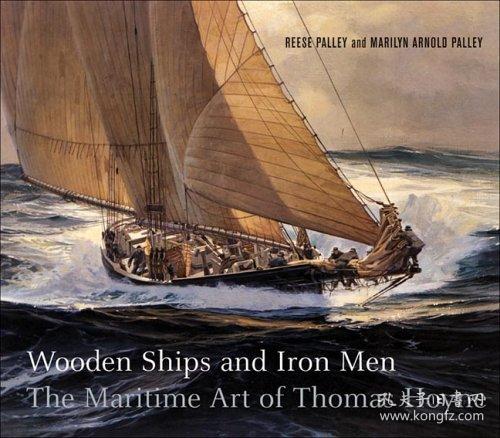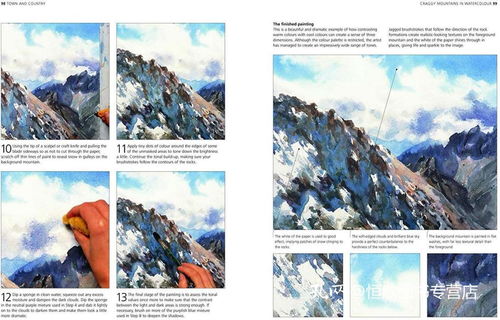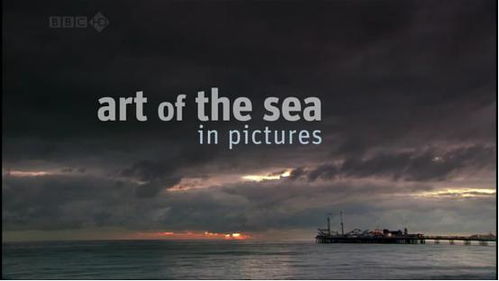Introduction:
Fishing along the coast can be an incredibly rewarding experience, offering both stunning scenery and the thrill of catching a variety of fish species. Whether you're a seasoned angler or a beginner looking to explore the waters, this tutorial will guide you through the essential techniques and tips for successful coastal fishing. In this second part of our tutorial, we'll delve deeper into the art of coastal fishing, providing you with valuable insights and strategies to enhance your fishing experience.
Understanding Coastal Tides:
One of the most crucial aspects of coastal fishing is understanding the tides. Tides greatly influence fish behavior and movement, so knowing when to fish can make all the difference. Here's a quick rundown of the different types of tides:

- High Tide: Fish tend to be more active during high tide as they move towards the shore to feed. This is a great time to fish along the shoreline or in shallow waters.
- Low Tide: During low tide, fish often move into deeper waters or stay closer to the bottom. This is a good time to fish in deeper areas or along the drop-offs.
Choosing the Right Equipment:
The right equipment can significantly impact your fishing success. Here's a list of essential gear for coastal fishing:
- Rod and Reel: A lightweight spinning rod and reel combination is suitable for most coastal fishing scenarios. Choose a rod with a moderate action for casting and retrieving.
- Line: Use a monofilament line with a breaking strength of 6 to 12 pounds. The lighter the line, the more sensitive it will be, allowing you to detect subtle bites.
- Hooks: Use a variety of sizes and shapes, depending on the fish you're targeting. Jigs, spinners, and baited hooks are popular choices.
- Bait and Lures: Live bait like shrimp, crabs, and fish are effective for catching coastal species. Artificial lures such as jigs, spoons, and poppers can also be very effective.
Locating Fish:
To increase your chances of catching fish, it's essential to know where they are likely to be. Here are some tips for locating fish in coastal waters:
- Structure: Look for areas with natural or artificial structures, such as rocks, reefs, and bridge pilings, as these can provide shelter and food for fish.
- Currents: Strong currents can carry fish into certain areas, so keep an eye out for currents and use them to your advantage.
- Deeper Waters: During low tide, fish often move into deeper waters. Use your depth finder to locate these areas and fish accordingly.
Casting and Retrieving Techniques:
Proper casting and retrieving techniques are essential for successful coastal fishing. Here are some tips:
- Casting: Hold the rod with a relaxed grip and use your wrist to cast. Aim for a gentle, controlled cast to avoid spooking fish.
- Retrieving: Vary your retrieve speed and rhythm to mimic the natural movement of baitfish. Pay attention to the water conditions and adjust your technique accordingly.
Patience and Observation:
Fishing requires patience and observation. Here are some tips to help you catch more fish:
- Observe Fish Behavior: Pay close attention to the behavior of fish in the water. If they're feeding actively, it's a good sign that they're in the area.
- Be Patient: Don't get discouraged if you don't catch anything right away. Sometimes it takes time for fish to become interested in your bait.
- Adjust Your Approach: If you're not having success, try changing your bait, lure, or fishing location.
Conclusion:
Coastal fishing can be a fulfilling and enjoyable activity for anglers of all skill levels. By understanding the tides, choosing the right equipment, locating fish, and employing proper casting and retrieving techniques, you'll be well on your way to becoming a successful coastal angler. Remember to practice patience and observation, and you'll find that the rewards of coastal fishing are well worth the effort. Happy fishing!












